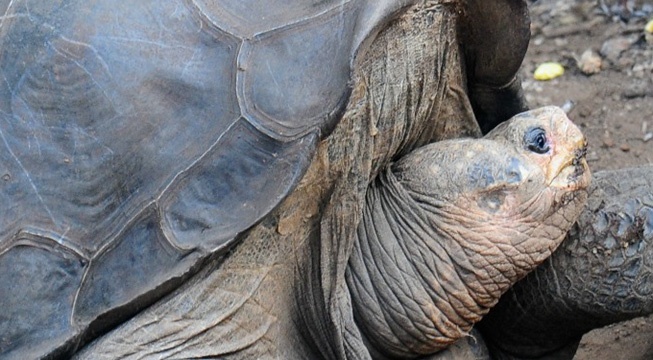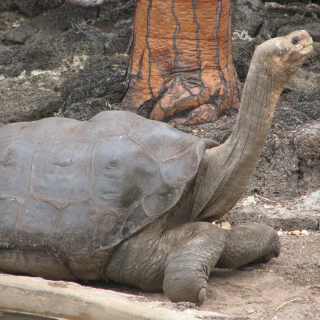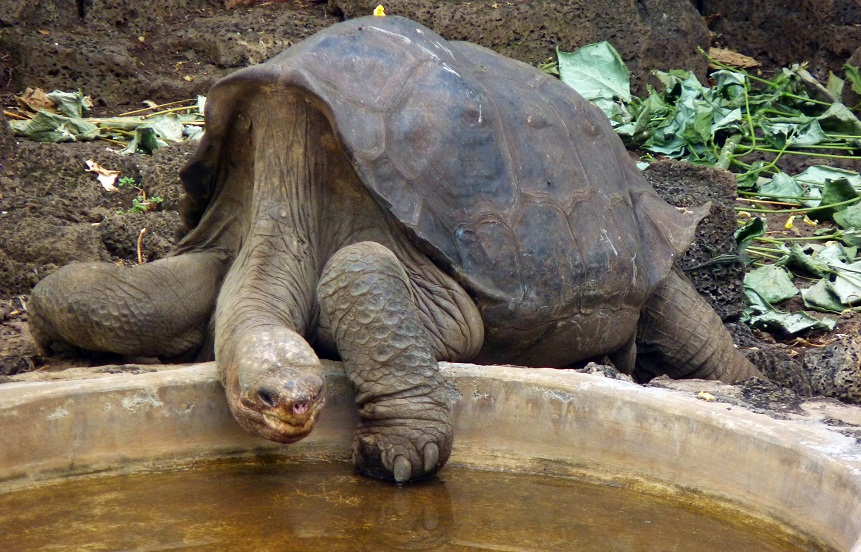
While the Eastern Santa Cruz tortoises enter farmlands at times, the Western Santa Cruz tortoises spend much of their lives on private land and their recent appearance on the outskirts of Puerto Ayora, where they encounter dogs, eat garbage, and have been occasionally hit by vehicles, is cause for concern. The giant tortoise is a protected species and on the Galapagos Island, in the town of Puerto Ayora on Santa Cruz Island, they have created a center to protect. We urgently need to also research and mitigate human-tortoise conflicts and interactions across the island.

This will help Wacho to inform conservation strategies for the recovery of this population. On Santa Cruz, we need to increase our knowledge of the little-known Eastern Santa Cruz tortoises. A recent study detected living descendents of an extinct Galpagos tortoise species (Chelonoidis elephantopus) once endemic to Floreana Island on the. The team, led by Wacho Aguilera, aims to restore tortoise populations throughout the Archipelago to their historical distribution and number. Learn about the ways WWF works to conserve a future where people live in harmony with nature. This is a collaborative project run by the Galapagos Conservancy, the Galapagos National Park Directorate, and several international scientists. The giant tortoise is threatened by introduced species to the islands which prey on young tortoises, and cattle which compete for grazing vegetation. Lonesome George returned to Galapagos in February 2017, and now resides in The Hall of Hope on Santa Cruz Island. The taxidermy of this iconic animal was completed by George Dante, a world-renowned taxidermist, in the United States. We are now providing funding to support the Giant Tortoise Restoration Initiative. The Pinta Island tortoise Chelonoidis abingdonii was extinct. Both Santa Cruz species are critically endangered. The range of the larger population, the Western Santa Cruz giant tortoise, overlaps with human-inhabited farmlands and in recent years, the expanding population has begun to arrive at the outskirts of the main town creating new conflicts. A newly identified species, the Eastern Santa Cruz giant tortoise has a small population (a few hundred) and is relatively unknown.

Two species co-exist on Santa Cruz Island, which has the largest human population. In more recent years, Galapagos tortoises have been and continue to be threatened by predation and habitat destruction from invasive species, and increasing human-tortoise conflicts on the larger, human-inhabited islands. The dramatic decline of the Galapagos giant tortoises was due primarily to over-exploitation by whalers in the first half of the 19 th century they collected live tortoises by the hundreds for food on their long voyages. When I write about endangered animals, I try to make young readers. The rescue and eventual recovery of the tortoise populations has been slow and steady. Hirsch to the Lerner blog today Below she shares some good news about Galpagos tortoises.

Two centuries ago, the Galapagos Islands were home to more than 200,000 giant tortoises today four species are extinct and only 10% of the original number remain.


 0 kommentar(er)
0 kommentar(er)
